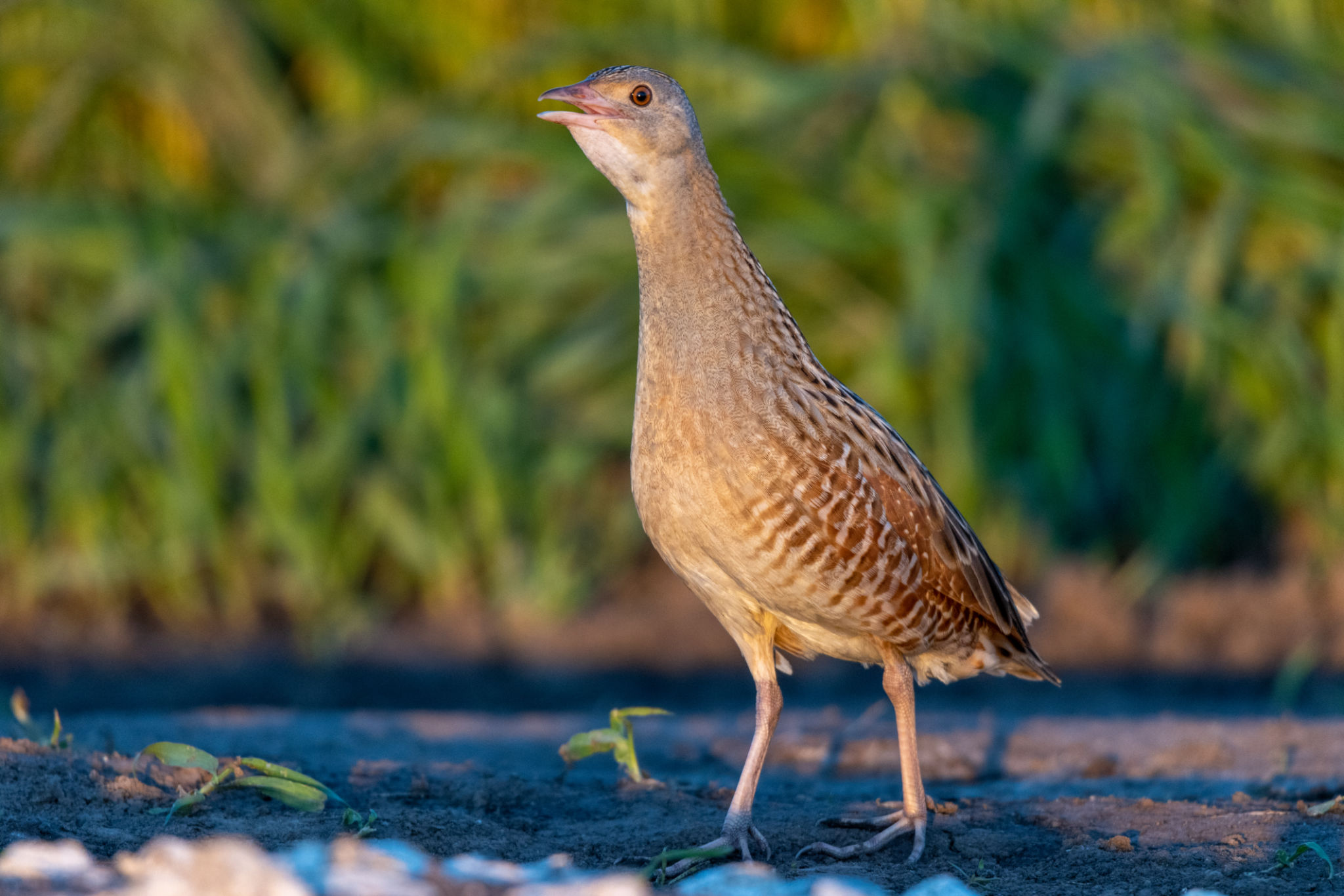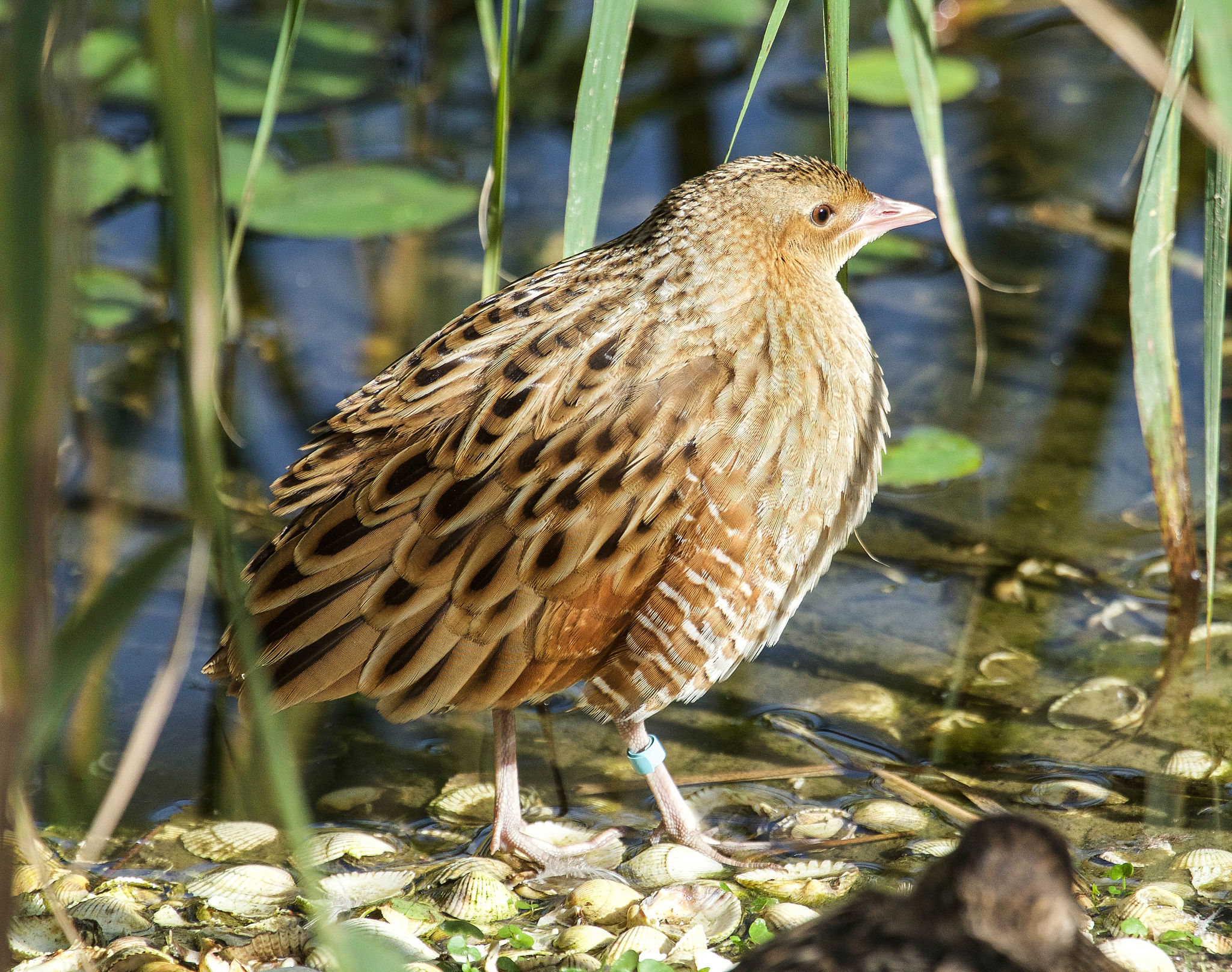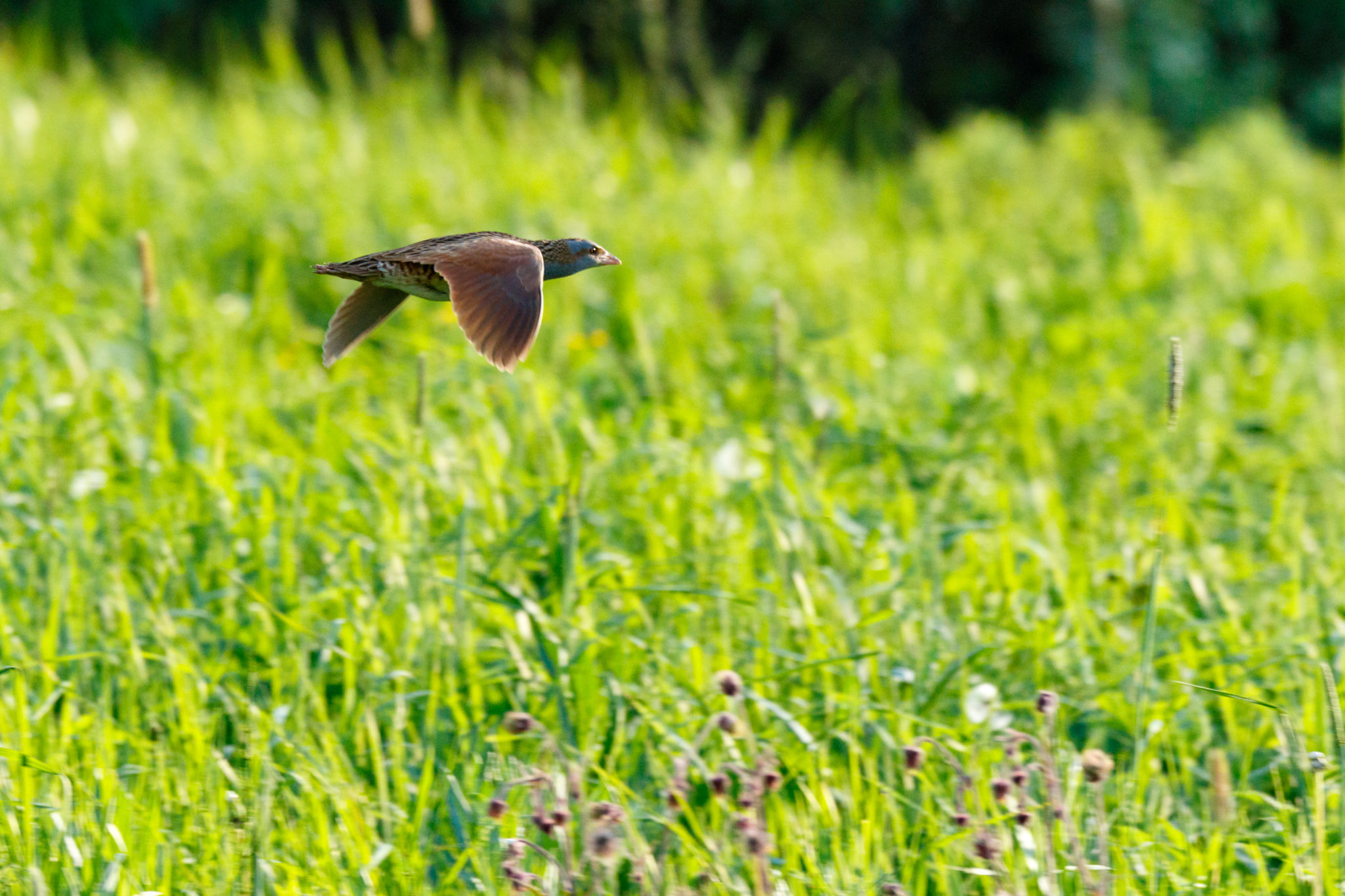Collaborative Efforts in Conservation: Protecting Ireland's Corncrake
Introduction
Every spring, an extraordinary journey unfolds. The corncrake (Crex crex), a shy and secretive bird, travels over 6,000 kilometres from the Congo basin to reach Ireland’s meadows and fields. Once a familiar sound of summer evenings, its distinctive "crex-crex" call has become a rare treat in recent decades.
That’s because the corncrake’s numbers have plummeted. Since 1978, the population has fallen by 85%, and the bird has vanished from 92% of its former breeding grounds. Back in the early 20th century, corncrakes were counted in their tens of thousands. By the mid-1990s, there were just 129 known individuals left in Ireland.
The culprit? Habitat loss, changing farming practices, and the growing pressures of modern land use.

A High-Tech Lifeline
But the corncrake’s story isn’t just one of decline—it’s also one of innovation and resilience. A new initiative in Ireland is offering the species a lifeline, blending traditional conservation with the latest technology.
Conservationists are now using thermal imaging cameras and acoustic monitors to track the birds without intruding on their nesting sites. These non-invasive tools allow experts to "listen" for the corncrake’s distinctive call and detect the birds’ body heat, even at night or in dense vegetation.
They’re also using devices like the SongMeter SM4 to capture the corncrake’s calls, and thermal drones to spot nesting females and their chicks. It’s a huge step forward, replacing older methods that often meant entering fields and risking disturbing the very birds they were trying to protect.

Why It Matters
This new approach isn’t just clever—it’s essential. In the past, monitoring corncrakes meant researchers physically entering fields and meadows, often in challenging conditions. While well-intentioned, these efforts could inadvertently disturb nests, trample vegetation, or frighten the birds into abandoning their young. For a species already in sharp decline, even small disruptions can have serious consequences.
By switching to acoustic monitors and thermal imaging, conservationists can now gather data without stepping foot in sensitive breeding areas. These technologies allow experts to detect calls and heat signatures from a distance, dramatically reducing the risk of human interference.
The benefits are clear. Data collected using passive acoustic monitoring has helped pinpoint key breeding territories more accurately and quickly. In fact, a recent study found a 64% probability of detecting a corncrake at an occupied site during a night visit, highlighting the effectiveness of these methods . This not only increases the quality of research but also saves time and resources, allowing conservation teams to focus on protecting habitats rather than spending days manually surveying fields.
It's a prime example of how conservation can—and should—work hand in hand with sustainability. By minimising human impact while maximising knowledge, we create a smarter, more efficient way of protecting not just the corncrake, but other vulnerable species facing similar threats.

Positive Signs of Recovery
And the results are promising. In 2024, Ireland recorded 233 corncrake territories—the highest number in 25 years. That’s a 7% increase on the previous year. Since 2018, territories have risen by 45% in key areas like Donegal, Mayo, and Galway.
The Corncrake LIFE project, launched in 2021, has seen bird numbers grow by 35%. Clearly, the combination of technology, research, and hands-on conservation is paying off.

A Shared Effort
But technology alone won’t save the corncrake. Success depends on the people who manage and work the land where these birds breed.
Today, around 250 farmers and landowners are actively involved in protecting corncrake habitats, covering almost 1,500 hectares. They’re delaying mowing until later in the summer, allowing chicks time to fledge, and managing field edges and nettle patches where corncrakes love to hide.
Some are even adopting centre-out mowing techniques, which have been shown to reduce chick deaths by up to 60%. This partnership between conservationists and the farming community is a shining example of how rural livelihoods and wildlife protection can go hand in hand.

Looking Ahead: A Model for Conservation
The corncrake project is not just about saving one species. It’s a model for sustainable conservation, demonstrating how modern tools and strong community cooperation can come together to address wider environmental challenges.
By combining technology, scientific research, and collaboration with farmers and local communities, the project is showing how conservation can be both effective and practical, even in working landscapes like farmland. It highlights the importance of flexibility and innovation—key qualities needed as environmental pressures evolve.
As climate change and habitat loss continue to threaten biodiversity across Ireland and beyond, the lessons learned here could prove invaluable. The same techniques—thermal imaging, acoustic monitoring, and habitat management—could be adapted to protect other ground-nesting birds and vulnerable wildlife facing similar risks.
Perhaps more importantly, the project sets a precedent for how conservation efforts can be woven into everyday land use, supporting both nature and the people who depend on the land for their livelihoods.

Conclusion
The corncrake’s story is a powerful reminder that even species on the brink can be given a second chance when innovation, dedication, and community spirit come together. By embracing advanced technology and fostering meaningful partnerships with farmers and landowners, Ireland is not only helping to secure the future of the corncrake but also setting an example for sustainable conservation worldwide.
As the "crex-crex" call slowly returns to meadows and fields once thought silent, this work offers hope—not just for the corncrake, but for all species facing the growing challenges of a changing world. The success so far proves that with the right tools, collaboration, and a shared commitment to nature, real and lasting change is possible.
*By Anne Hayden MSc., Founder, The Informed Farmer Consultancy.
